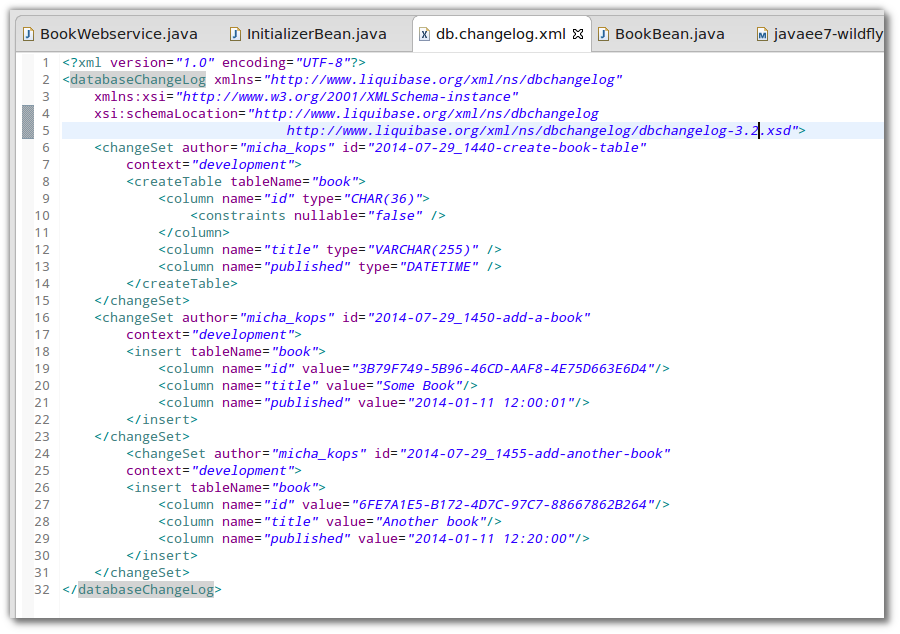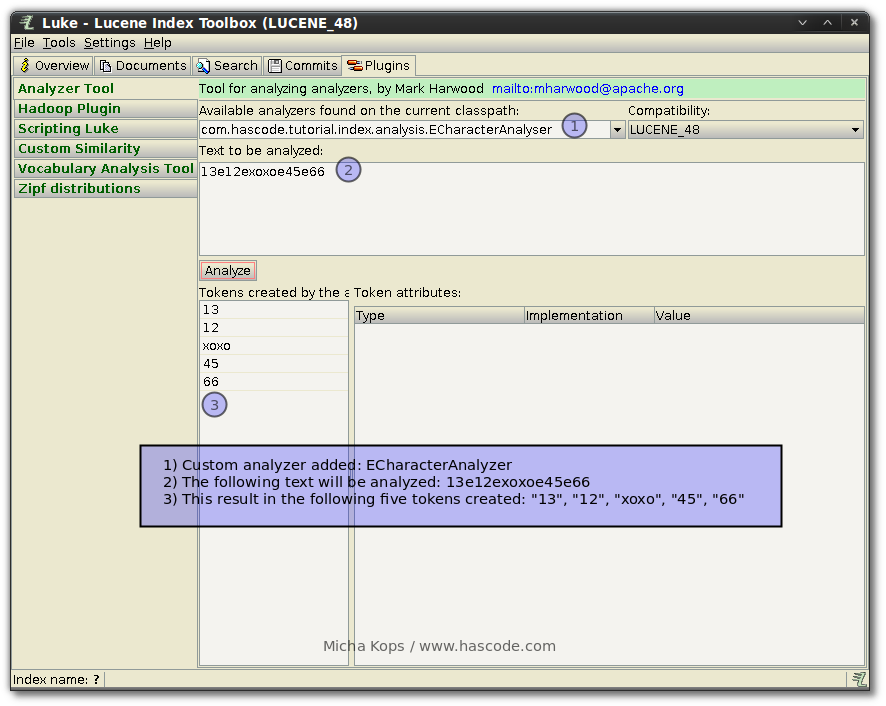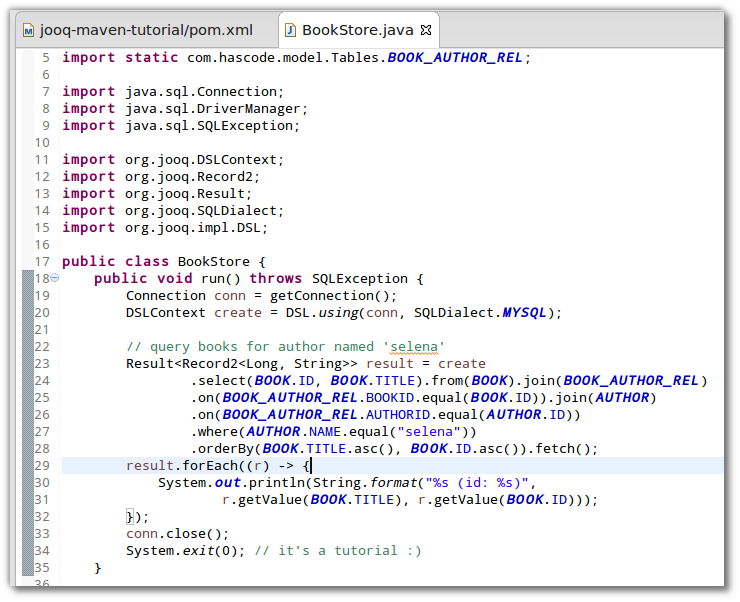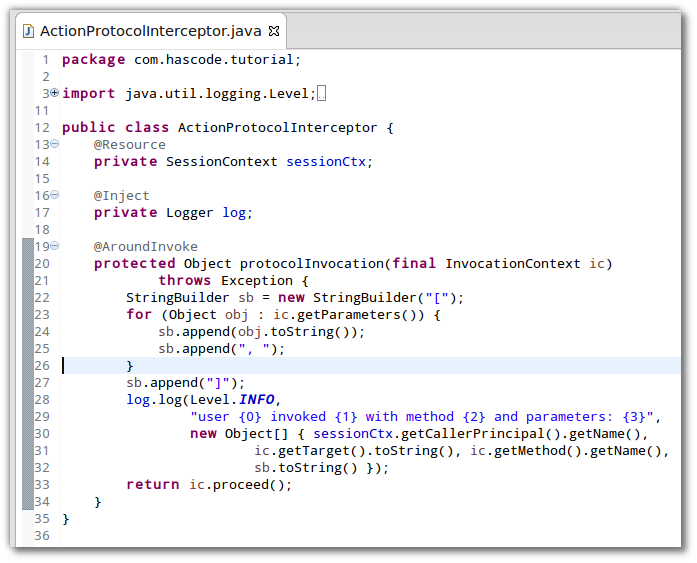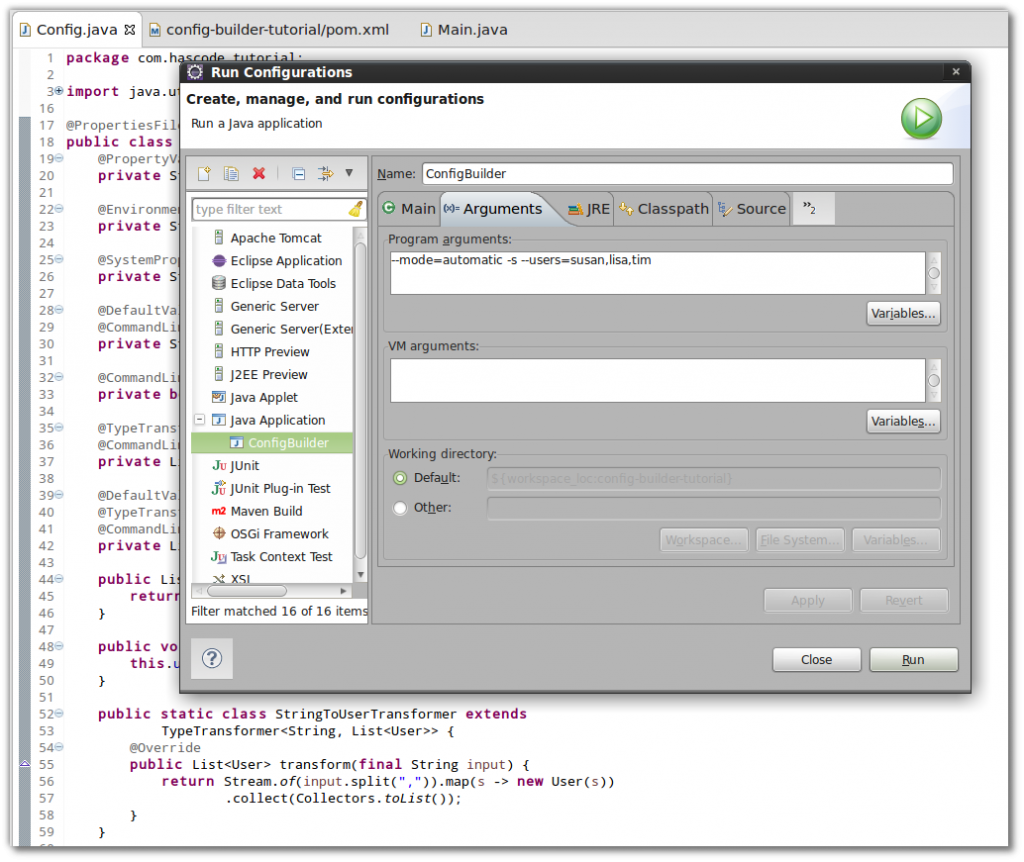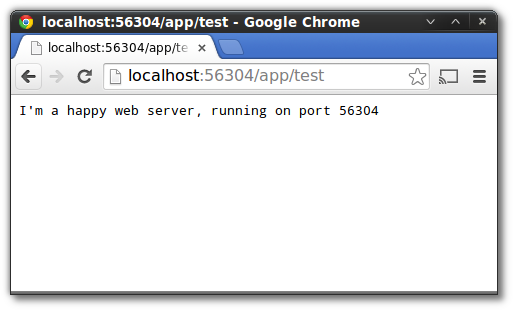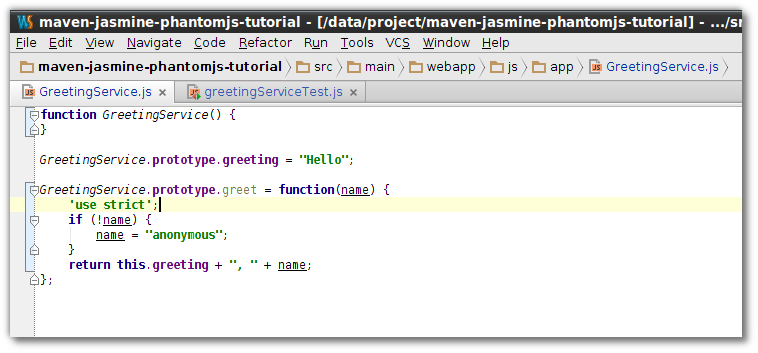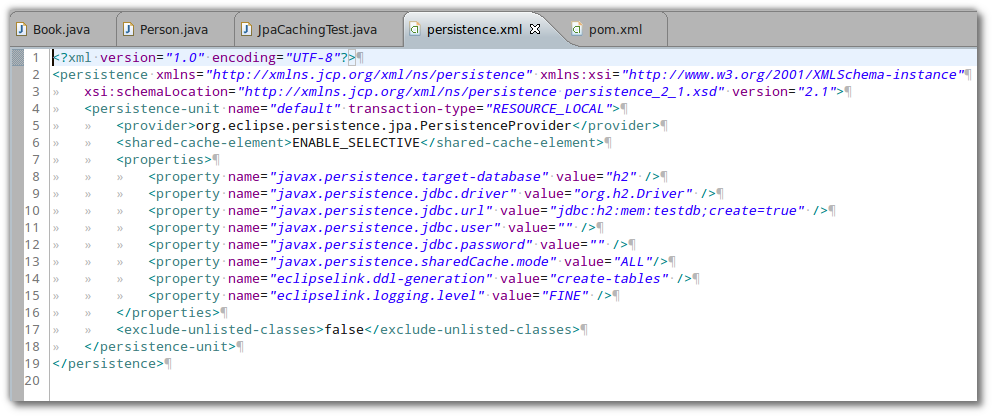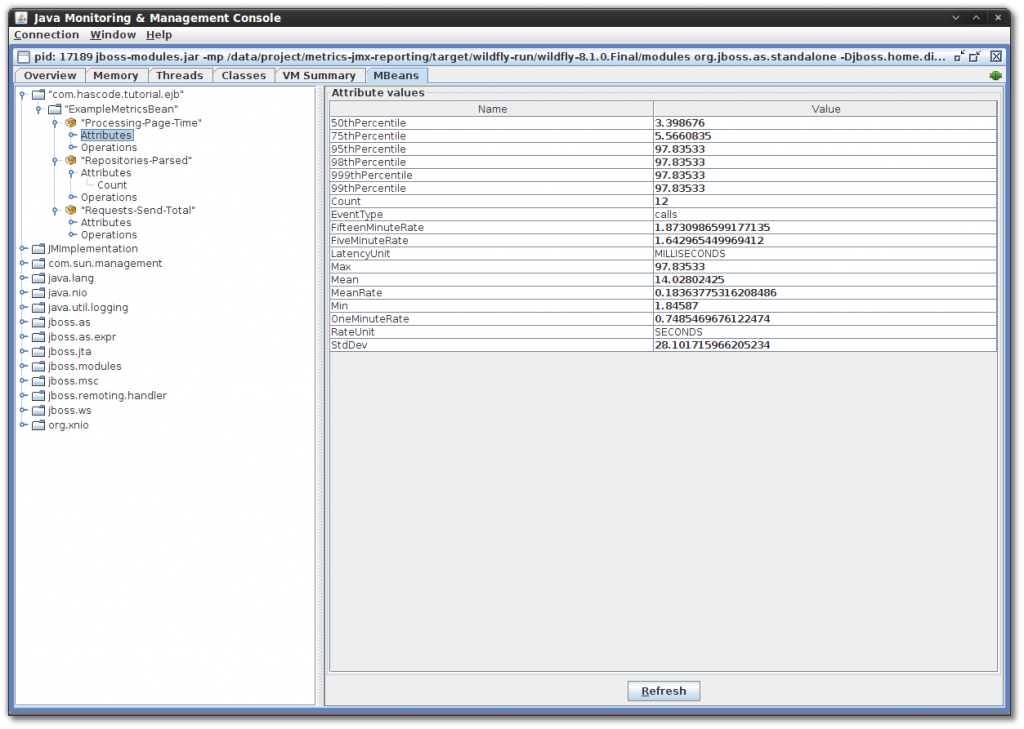
Java EE 7 JMX Reports with Yammer Metrics
There are several ways to aggregate and report application performance indicators in a Java application. One common way here is to use Java Management Extensions (JMX) and MBeans. The Yammer Metrics Library eases this task for us and simplifies the aggregation of different reports. In the following tutorial, we’re going to set up a full Java EE 7 web application by the help of Maven archetypes and we’re running the application on WildFly application server that is downloaded and configured completely by the WildFly Maven Plugin. ...
